On the 9th December 2020, the UN called for accountability on a prison massacre in Iran in 1988 which activists have been attempting to get recognised for three decades.
A group of UN human rights experts wrote to the fundamentalist Iranian regime warning them that the prison massacres (that took place in 32 cities and involved 30,000 people), may amount to Crimes against Humanity. Amnesty International has compiled evidence of the involvement of several individuals who continue to hold high positions of power in the regime and who were involved in these executions (Amnesty International Report, 9th December 2020).
The organisation Justice for Victims of Massacre (JVMI) has documented the names of many of the victims and the perpetrators. The UN recognition is the culmination of many years of work from the National Council for the Resistance of Iran, NCRI, to get this crime recognised internationally. The executions were largely of members of the People’s Mujahadin Organisation of Iran (PMOI/MEK) and were ordered by Khomeini.
Alongside the executions and the forced disappearances, there were also reports of waterboarding, electric shocks and other forms of torture.
Diane Eltahawy, Amnesty Deputy Director for the Middle East and North Africa, wrote that this communication from the UN ‘is a momentous breakthrough and marks a turning point in the long standing struggle of victims’ families and survivors, supported by Iranian human rights organisations and Amnesty International, to end these crimes and call for truth, justice and reparation’.
The UN sent an 18-page document to the Iranian regime which, amongst other things, asked them to answer a series of questions:
- Whether their names of the individuals executed were included in public burial registers;
- Measures taken to identify, recognise, protect and commemorate desecrated mass graves;
- Known information on the identities of those interred in each gravesite as well as data on unidentified persons;
- Obligations under international human rights law, they will call on the international community to take action to investigate the cases.
- Any provision to allow families to commemorate and pay their respects at the burial sites;
- Legal provisions to protect families and human rights defenders who seeks information on the fate and whereabouts of victims of enforced disappearances and who demand justice.
The UN experts said that if the Iranian government continued to refuse to uphold its obligations under international law it would call on the international community to take action to investigate the cases. Amnesty has been calling for some years for an independent and international mechanism to address the issues arising from their crimes against humanity. Substantial evidence for this claim was documented in their 2018 report: ‘Blood Soaked Secrets: Why Iran’s 1988 prison massacres are ongoing crimes against humanity’.
These are very serious matters indeed, and it is scandalous that it has taken 32 years to get to the point that we are at now. While those massacred cannot be brought back to life, let us hope that some rudiments of justice can be given for the families and friends of those massacred. Let us hope also that individual members of the fundamentalist Iranian regime can be held to account for their crimes.
Author
-

Alison Assiter is Professor of Feminist Theory at UWE, Bristol, the author of a number of books and articles and also feminist and anti fundamentalist activist. Her latest book is Kierkegaard, Eve and Metaphors of Birth, published by Rowman and Littlefield in May 2015. She has just completed a book on Human Rights, defending them against the charge that they are westocentric.
View all posts

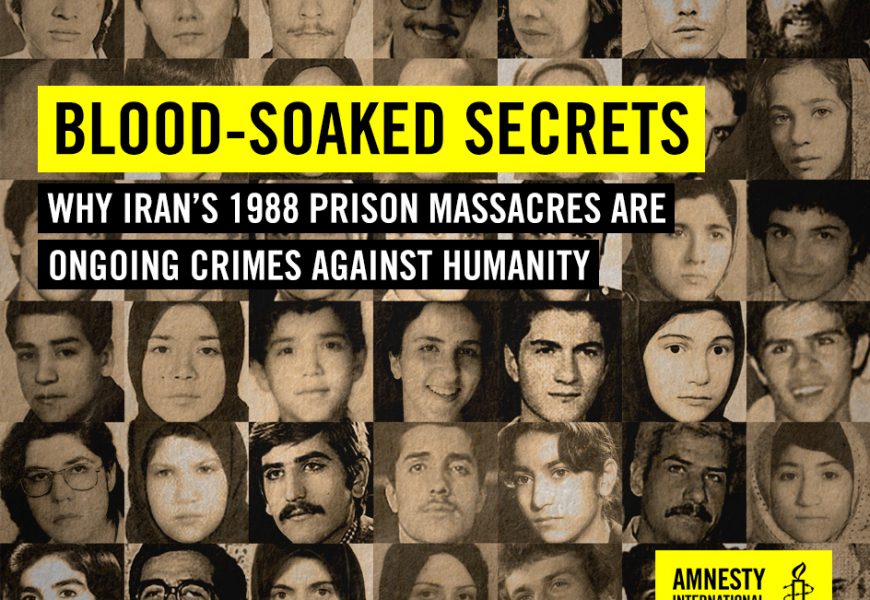
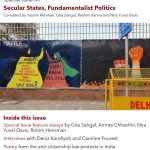

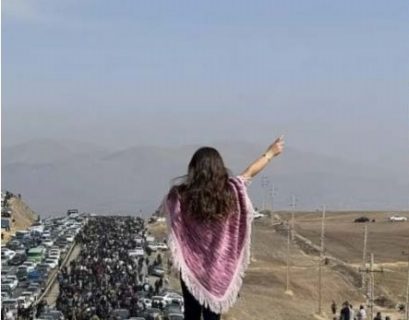
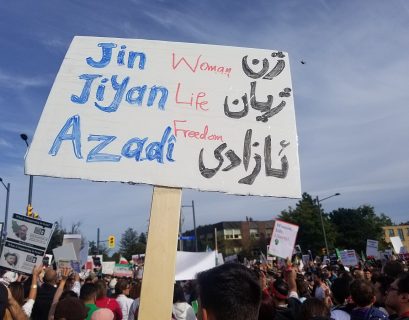
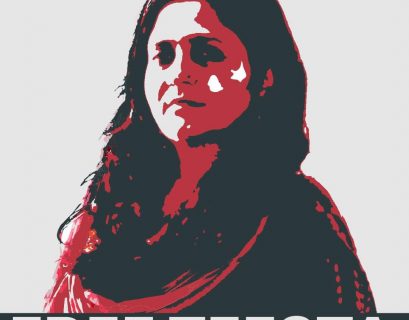
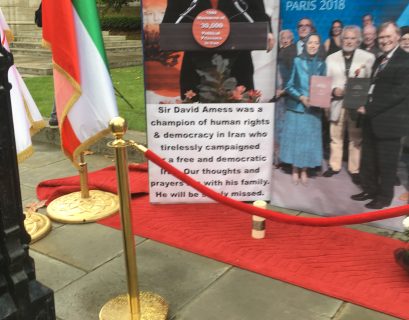
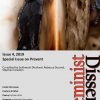

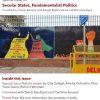
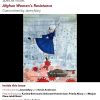

.jpg)

